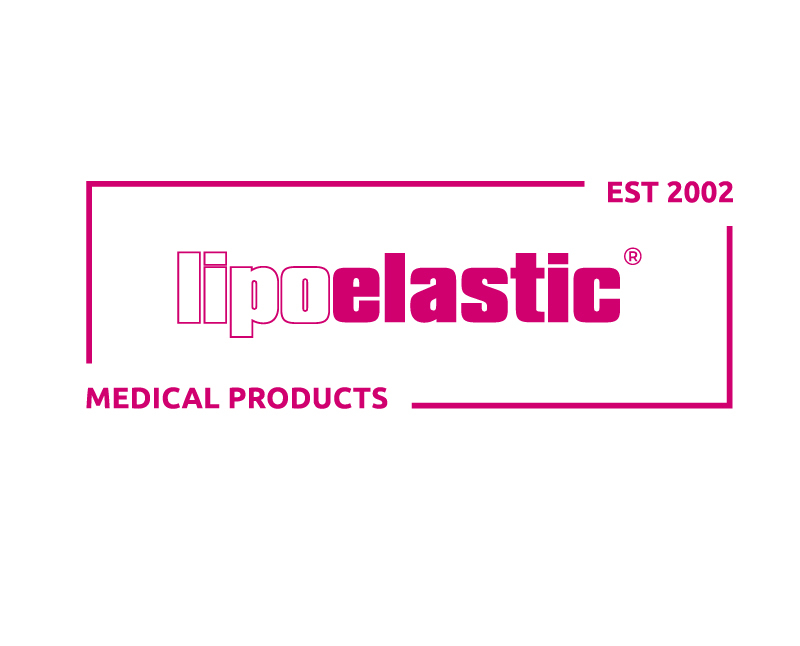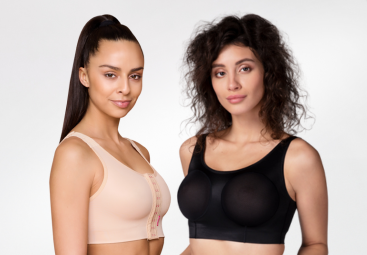When it comes to breast enlargement, there are more choices than ever before. While traditional breast implants remain a popular option, many individuals are now considering fat transfer for a more natural look and feel. If you’re exploring breast enhancement options but aren’t sure which method to choose, here’s an overview of both choices.

Breast Implants: The Traditional Choice
Breast implants involve the surgical placement of silicone or saline-filled implants beneath the breast tissue or chest muscles. This method has been a go-to solution for breast augmentation for decades, offering reliable results in size and shape.
Benefits of breast implants:
• Predictable results: Implants offer clear and consistent outcomes. You can select the size and shape you want; the results will closely match your expectations.
• Volume flexibility: If you want a significant size increase, implants are designed to deliver a more dramatic transformation.
• Proven track record: Techniques for breast implants have been refined over the years, and the safety of implants is well-documented.
Considerations with breast implants:
• Monitoring and replacement: Implants usually need replacement or revision after 10-15 years.
• Potential complications: There might be a risk of rupture, capsular contracture (scar tissue formation around the implant), and implant displacement.
• Less natural feel: Some patients find that implants don’t mimic the natural feel of breast tissue as closely as their own fat would.
Fat Transfer: The Natural Approach
Also known as autologous fat grafting, fat transfer involves using liposuction to harvest fat from other parts of your body, such as the abdomen or thighs. The fat is then purified and injected into the breasts to achieve the desired enhancement.
Why choose fat transfer?
• Natural Look and feel: Fat transfer uses your body fat, leading to softer and more natural-looking results.
• Dual benefits: The procedure offers both breast enhancement and body contouring in the donor area where the fat is removed.
• Less scarring: Small incisions for liposuction and injections mean less visible scarring.
Considerations with fat transfer:
• Subtle size increase: The fat transfer is best suited for moderate breast enlargement. For a more significant size boost, implants might be a better option.
• Fat survival rate: Around 60-80% of the transferred fat survives long-term, which may necessitate a secondary procedure for volume adjustments.
• Sufficient donor fat required: If you have a leaner physique, there may not be enough donor fat for the procedure.
Why Water-Jet Liposuction Is an Advanced Option for Fat Transfer
One of the latest advancements in fat transfer techniques is Water-Jet Assisted Liposuction (WAL). Unlike traditional liposuction methods, WAL uses a gentle stream of water to dislodge fat cells while preserving the surrounding tissues. The water-jet technique is less traumatic to the body, allowing more fat cells to survive the transfer. This approach results in higher fat cell viability and better long-term outcomes.

The Verdict: Which Option Is Right for You?
Choosing between breast implants and fat transfer depends on your goals, body type, and preferences. Implants offer a well-established solution if you want a noticeable size increase with predictable results. However, fat transfer could be the right choice if you prefer a natural enhancement and the added benefit of body contouring.
Whether you choose breast implants or fat transfer, it’s crucial to align your expectations with the selected method. Consult with a qualified surgeon to understand each option and which best suits your goals. Ultimately, the right choice is the one that makes you feel confident and comfortable in your own body.
Resources:
Sieber, D. (n.d.). "Fat Transfer to Breast: Pros and Cons." Retrieved from https://www.sieberplasticsurgery.com/articles/fat-transfer-to-breast-pros-and-cons/
Losken, A., & Pinell-White, X. (2016). "Fat Grafting in Breast Surgery: A Review of Current Techniques." Plastic and Reconstructive Surgery, 138(3), 411-418. doi:10.1097/PRS.0000000000002474.

 LIPOELASTIC TEAM
LIPOELASTIC TEAM 





 England
England



 Wales
Wales
 Scotland
Scotland
 Northern Ireland
Northern Ireland
 Ireland
Ireland
 United States of America
United States of America
